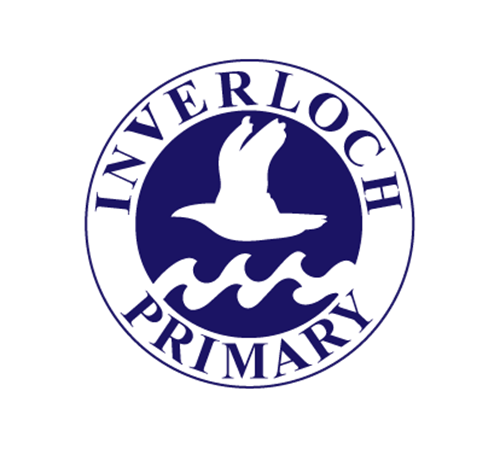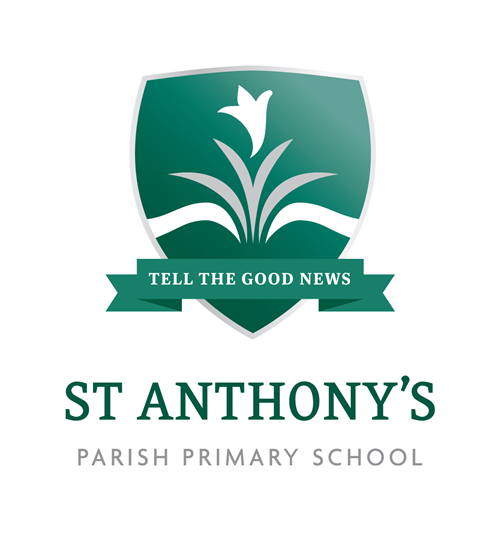Science: Energy transfer/Mathematics: Statistics and probability
Introduction
Malibu School is an education support school for students from Foundation to Year 12 with intellectual disability, physical disability, sensory impairment (vision and hearing), challenging behaviour and/or autistic spectrum disorder.
Classes at Malibu School are organised into learning clusters, based on phases of learning, to create a balance between developmental and chronological age groups. Malibu School specialises in augmentative and alternative communication.
The following illustration of practice demonstrates how Malibu School used the dimensions of the Australian Curriculum to deliver learning area content in Science and Mathematics.
Dimensions of the Australian Curriculum accessed in this illustration of practice

Learning area content
|
Sub-strand |
Element from Achievement Standard |
Content Descriptions |
Elaborations |
|
Science Year 9 |
… They describe models of energy transfer and apply these to explain phenomena. |
Energy transfer through different mediums can be explained using wave and partial models ACSSU 182 With guidance, identify questions in familiar contexts that can be investigated scientifically and make predictions based on prior knowledge (ACSIS053) With guidance, plan and conduct scientific investigations to find answers to questions, considering the safe use of appropriate materials and equipment (ACSIS054) |
exploring the properties of waves, and situations where energy is transferred in the form of waves, such as sound and light working in groups to discuss things that might happen during an investigation working with teacher guidance to plan investigations to test simple cause-and-effect relationships discussing safety rules for equipment and procedures
|
General capabilities
|
General Capability |
Sub-element |
Level 1 |
Level 2 |
Level 3 |
Level 4 |
Level 5 |
Level 6 |
|
Literacy |
Compose spoken, written, visual and multimodal learning area texts |
|
|
|
|
|
|
|
Literacy |
Deliver presentations |
|
|
|
|
|
|
|
Literacy |
Express opinion and point of view |
|
|
|
|
|
|
Planned adjustments
In this illustration of practice, the following adjustments were in place:
- practical hands-on activities
- practical demonstrations throughout the lesson
- communication using augmentative and alternative communication modes
- multiple modes to promote student understanding, including:
- graphic representation
- model making
- feeling sound waves.
Part 2 Foundation/ Year 1 Mathematics
Dimensions of the Australian Curriculum accessed in this illustration of practice

Learning area content
|
Sub-strand |
|
Content Descriptions |
|
Example 2 Mathematics Foundation/ Year 1 |
Foundation Students answer simple questions to collect information and make simple inferences. Year 1 Students classify outcomes of simple familiar events. |
Identify outcomes of familiar events involving chance and describe them using everyday language Will happen won’t happen or might happen (ACMSP024) Answer yes/no questions to collect information and make simple inferences (ACMSP011) |
Targeted general capabilities
|
General Capability |
Sub-element |
Level 1a |
Level 1b |
Level 1c |
Level 1d |
Level 1e |
|
Numeracy |
Compose spoken, written, visual and multimodal learning area texts |
|
|
|
|
|
|
Literacy |
Comprehending text through listening, reading and viewing |
|
|
|
|
|
- How would you develop an age-appropriate unit of work for a class of mixed age students?
- What indicators of student learning would you look for when aligning individual goals (e.g. communication or social) with Australian Curriculum content?
- What are some of the key points teachers may need to consider when using augmentative and assistive communication?
Similar illustrations of practice
Copyright
These illustrations of personalised learning are not licensed under the creative commons license used for other material on the Australian Curriculum website. Instead, you may view, download, display, reproduce, and distribute these materials in unaltered form only for your personal, non-commercial educational purposes or for the non-commercial educational purposes of your organisation, provided that you retain this copyright notice. This means you cannot edit, modify or adapt any of these materials and you cannot sub-license any of these materials to others. Apart from any uses permitted under the Copyright Act 1968 (Cth), and those explicitly granted above, all other rights are reserved by ACARA.






